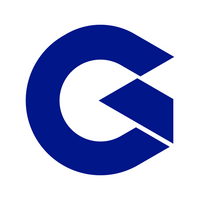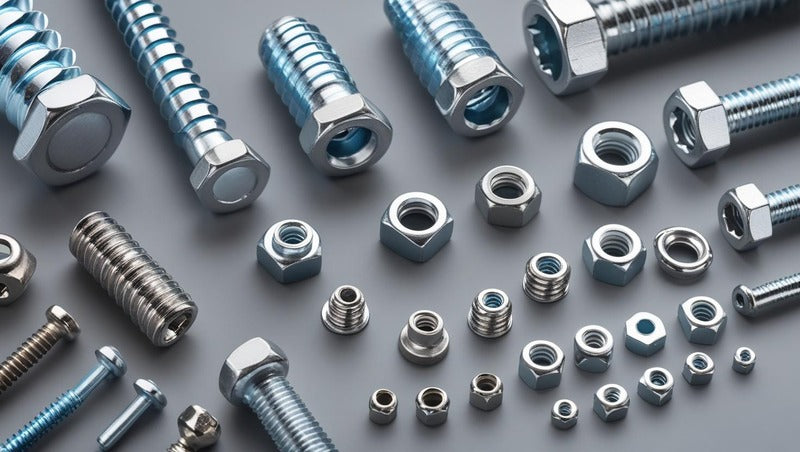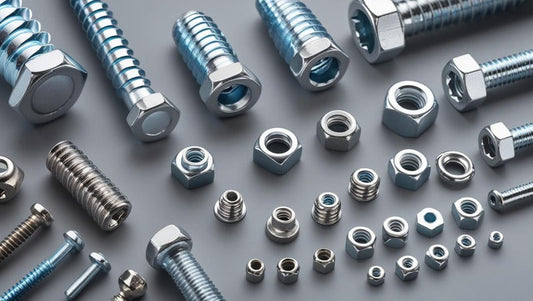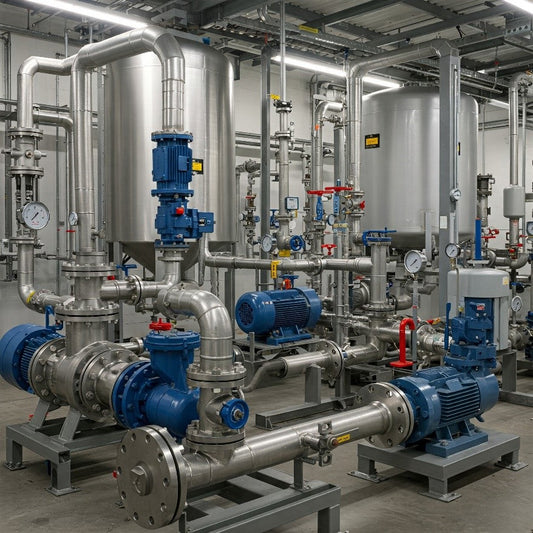Thread Types: The Ultimate Guide

Grindmel´s Engineering Team
We are a Honduran company founded by mechanical and electrical engineers.
CONTENT

When you work in the world of mechanics, plumbing, or engineering, you inevitably encounter screws, bolts, or pipes that need to be fitted precisely. Did you know that behind every connection lies a technical design known as a "thread"? Understanding what a thread is will not only help you choose the right one, but also help you avoid costly mistakes. In this blog, I clearly explain what a thread is and why it's so important.
What is a thread?
A thread is a continuous helical shape carved or molded into the surface of a cylinder or cone. Its primary purpose is to securely join two or more parts together or to transmit motion in a controlled manner.
Main parts of a thread
Knowing the parts of a thread helps you understand how it works:
- Crest : Upper part of the thread profile.
- Valley : Lowest part between two consecutive flanks.
- Flanks : Inclined surfaces that connect the ridge to the valley.
- Flank angle : Angle formed between the thread flanks, varies according to the type (e.g. 60° for metric threads).
- Pitch: distance between two consecutive crests, representing the length a screw advances in a 360º turn.
- Thread: prismatic surface in the form of a helix that constitutes the thread.

Illustration 2 Source: Machines and tools
Main functions of threads
Threads perform different functions depending on their application:
- Mechanical union : To assemble two parts firmly (e.g. screws and nuts).
- Transmission of force : Converting rotary movements into linear ones, as in hydraulic jacks.
- Sealing : Creating a tight seal on piping systems (especially tapered threads).
- Precision adjustment : In measuring instruments or high-tech machines
General thread types
Threads are divided into two basic types:
- External thread : Threaded into an external component, such as a screw or bolt.
- Internal thread : Cut into an internal component, such as a nut or threaded hole.
Most common thread types: Metric, UNC, UNF, BSP, NPT and JIS
Each country and industry has developed thread systems based on specific needs: ease of manufacture, mechanical strength, or hermetic sealing. Understanding these differences will allow you to work more professionally and avoid compatibility issues.
Metric Thread (ISO)
- System : International (ISO).
- Standard: ISO 261 / ISO 68-1
- Units : Millimeters (mm).
- Profile : Triangular, flank angle 60°.
- Example : M8 x 1.25 (8 mm diameter, 1.25 mm pitch).
Typical use : General machinery, automotive, electronics.
Illustration 3 Source: RMMCIA
UNC (Unified National Coarse) thread
- System : Imperial
- Standard : ANSI/ASME B1.1.
- Units : Inches.
- Profile : Triangular, flank angle 60°.
- Example : 1/4"-20 UNC (1/4 inch diameter, 20 threads per inch).
Typical use : Heavy construction, steel structures, carpentry, in the automotive and aerospace industries.
Illustration 4 Source: Arunfasteners
UNF (Unified National Fine) thread
- System : Imperial
- Standard : ANSI/ASME B1.1.
- Units : Inches.
- Profile : Same as UNC, but with more threads per inch (higher TPI).
- Example : 1/4"-28 UNF (1/4 inch diameter, 28 threads per inch).
Typical Use : Applications where a more precise and stronger fit is required, such as in the automotive and aerospace industries.
Illustration 5 Source: Arunfasteners
BSP (British Standard Pipe) thread
- System : British.
- Standard : ISO 7-1 (Conical) / ISO 228-1 (Parallel)
- Units : Inches.
- Profile : Flank angle of 55°.
Guys :
- BSPP (parallel)
- BSPT (tapered)
Example : 1/2" BSPT.
Typical Use : Plumbing systems, gas and oil pipelines.

NPT thread (National Pipe Thread)
- System: Imperial
- Standard: ANSI B1.20.1/ASME
- Units: Inches
- Profile: 60° flank angle.
- Example: 1/16”- 27 NPT (1/16” inch diameter, 27 threads per inch)
Typical use: Plumbing systems, hydraulic systems, gas and oil pipelines, in valve connections.
Illustration 7 Source: Sabspa
JIS (Japanese Industrial Standard) thread
- System: Japanese
- Standard: JIS B 0202 (parallel thread – JIS PF) and JIS B 0203 (tapered thread – JIS PT)
- Profile: Triangular, 55° angle
- Example: JIS PT 1/2" thread (equivalent to BSPT 1/2")
Typical Use: Hydraulic and pneumatic connections on Japanese machinery, air systems, pumps, compressors and agricultural equipment.

Why is it important to know them?
- Avoid installation errors : A BSPT thread will not fit properly into a UNC nut.
- Ensure safety : Poorly selected joints can fail under load or pressure.
Comparison table of thread types
|
Thread Type |
Rule |
Thread Profile |
Angle |
Common Uses |
Sealed |
Units |
|---|---|---|---|---|---|---|
|
NPT |
ANSI B1.20.1 |
Conic |
60° |
Pipes, air, gas |
By conical interference (Teflon, sealant) |
Inches |
|
BSPT |
ISO 7 / DIN 2999 |
Conic |
55° |
European air and water systems |
By interference (sealant) |
Inches |
|
BSPP |
ISO 228 / DIN 259 |
Parallel |
55° |
Hydraulic and pneumatic applications |
With gasket or flat washer |
Inches |
|
ISO metric |
ISO 261 / ISO 965 |
Parallel |
60° |
General mechanics, machinery |
Requires additional gasket |
Millimeters |
|
UNC/UNF |
ANSI B1.1 |
Parallel |
60° |
American industry, automotive |
Requires additional gasket |
Inches |
|
JIS |
JIS B0202 / JIS B0203 |
It can be conical or parallel |
60° |
Hydraulics (Asia) |
Similar to BSP or NPT |
Millimeters or Inches |
Normalized tables
Standardized threads are essential in the manufacturing, maintenance, and installation of mechanical and electrical components. Each thread type meets specific international standards that define its shape, dimensions, and recommended applications.
This technical resource is designed to facilitate the correct selection of threaded connections in engineering projects, industrial maintenance, machinery design, and installation processes.
Below are detailed technical tables for the most commonly used thread types in the industry:
Conclusion
Threads are essential elements in almost all mechanical and industrial applications. Mastering their basic principles, from design to correct identification, is key to ensuring safe, efficient, and long-lasting connections. Knowing the differences between metric, UNC, UNF, NPT, BSP, and JIS threads not only improves the accuracy of component selection but also prevents costly errors. Do you need expert advice on choosing the right thread for your projects? Contact us today and discover how our solutions can help you optimize processes with safety and precision.



